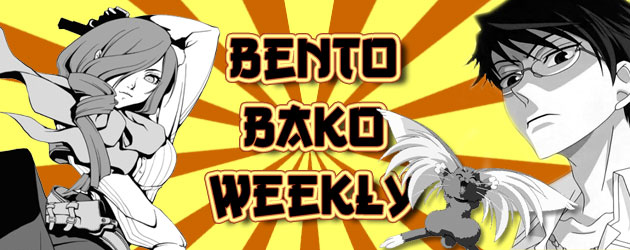
My Neighbor Totoro: The Novel
Publisher: Viz Media
Written By: Tsugiko Kubo
Original Story and Art By: Hayao Miyazaki
In the world of comics and animation, plenty of times we think of one becoming another medium, from a manga becoming a film or a light novel becoming a TV series. However, there are a few cases of an original animated work actually becoming a novel last, like in the case of My Neighbor Totoro.
My Neighbor Totoro, for the somehow unanointed, was the ground breaking anime film from the mind of director Hayao Miyazaki, that when double billed with Isao Takahata’s Grave Of The Fireflies back in 1988, was actually not a box office success in Japan, partially due to it being double billed with Grave Of The Fireflies, pushing family audiences away from attending. However, the Totoro merchandise sold so incredibly well that soon both Studio Ghibli and Miyazaki were put on the map of destiny. Through television showings and international releases, world wide the popularity of Totoro grew and grew into the pillar of animated history it is today. One of the merchandise spin-offs from the film was the novel, adapted by Tsugiko Kubo.
The novel at its core holds the exact same frame work and story as the film. Eleven-year-old Satsuki and her sister Mei have moved into the country on recommendations from doctors to provide their mother a non-city environment once out of the hospital, as well as be a little closer to the hospital for the time being, as well. While exploring the spooky old house and its surroundings, they soon come face-to-face with a gigantic forest spirit named Totoro, and his helpers, two little Totoros and a Cat-Bus. Ultimately, their magical everyday adventures lead up to Mei going missing in the vastness of the countryside, and Satsuki relying on the help of these new friends to find her lost sister.
Kubo does a good job with balancing the source material and keeping fans happy. Fans of the film won’t find too much new information here, and there are very few changes. The biggest change from film to novel is that it is told through Satsuki’s point of view, and so certain scenes, like Mei’s first encounter with Totoro, are not part of the main narrative flow and are only relayed to us as Mei fill’s Satsuki in on the incident. As for new information, Kubo captures the one thing the film cannot: smell. What does a Totoro smell like? What about the surroundings, the area? Maybe it is not necessary information, but it does help paint the picture and let hardcore Totoro-fans imagine what the scents are. We also get a little bit more back story on the history and habits of Satsuki and Mei’s family.
The only complaint about the novel is that the translation itself seems a little too literal. Now, I cannot place that totally on translator Jim Hubbert, there could be several reasons for this, primarily Japanese being a little bit more literal of a language than English. Also, places where Hubbert may have spruced it up may have been rejected by Ghibli itself. You hear industry stories all the time here over the Japanese companies overriding the American translation choices these days. No matter where the fault lies, it’s there and there are a few moments where the semi-redundancy may grind a few gears.
My Neighbor Totoro: The Novel feels very much full circle, though from an animation historian perspective. Miyazaki’s early works were all based off preexisting manga or novels, first directing episodes of Lupin III and the film The Castle of Cagliostro that are based off the manga by Monkey Punch, then his first full TV series Future Boy Conan being based off Alexander Key’s The Incredible Tide. Even Nausicaa Of The Valley Of the Wind is based off his own manga he was creating first before animating. To then reach My Neighbor Totoro as a completely originally conceived animated feature and have it converted by someone else into text form feels like fate for him.
My Neighbor Totoro: The Novel is out now in print from Viz Media, recommended for Ghibli fans and youngsters.
[Editor’s note: I read it too, but passed it on to Drew as he’s much better with works aimed at younger readers than I am. I enjoyed it, especially the lovely imagery, but ultimately didn’t get much out of it. I think it’s perfect for a 6-14 age range.]
Drew McCabe
drew@comicattack.net

